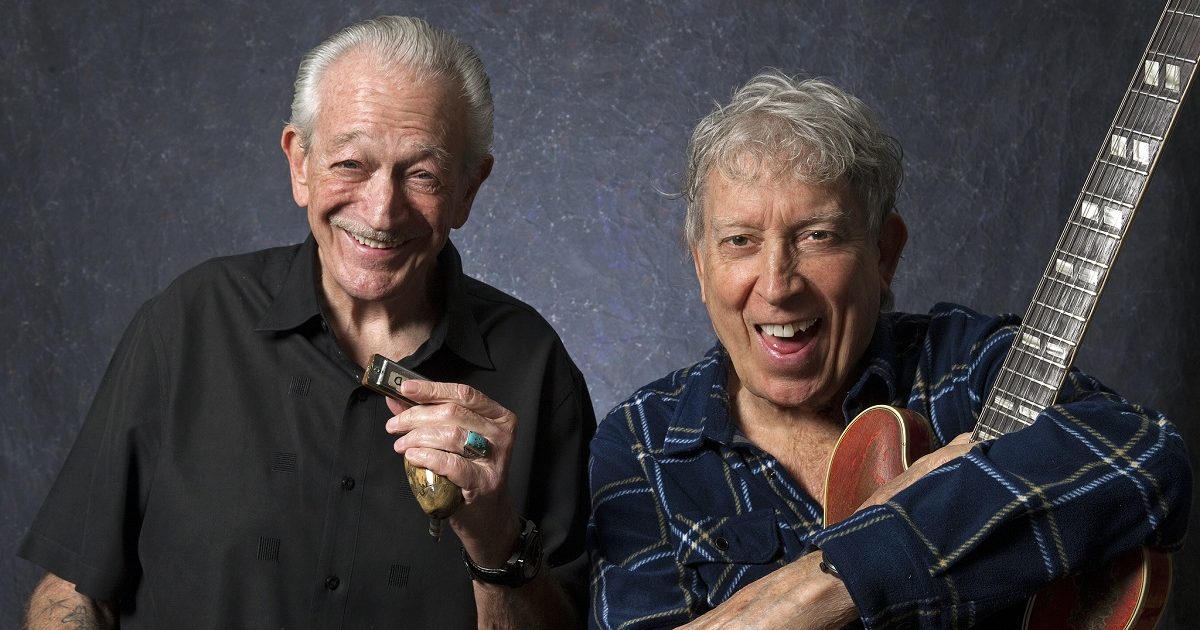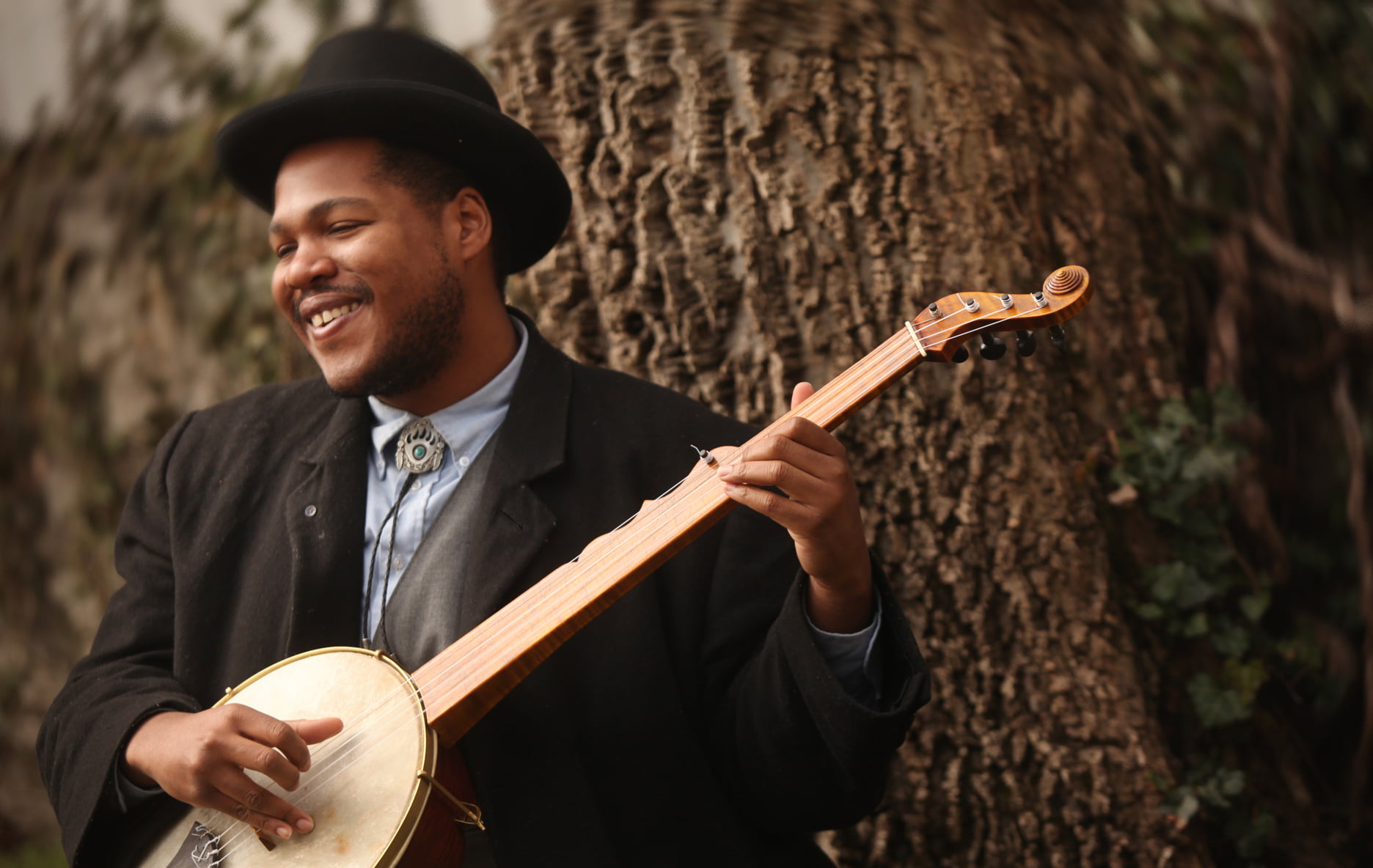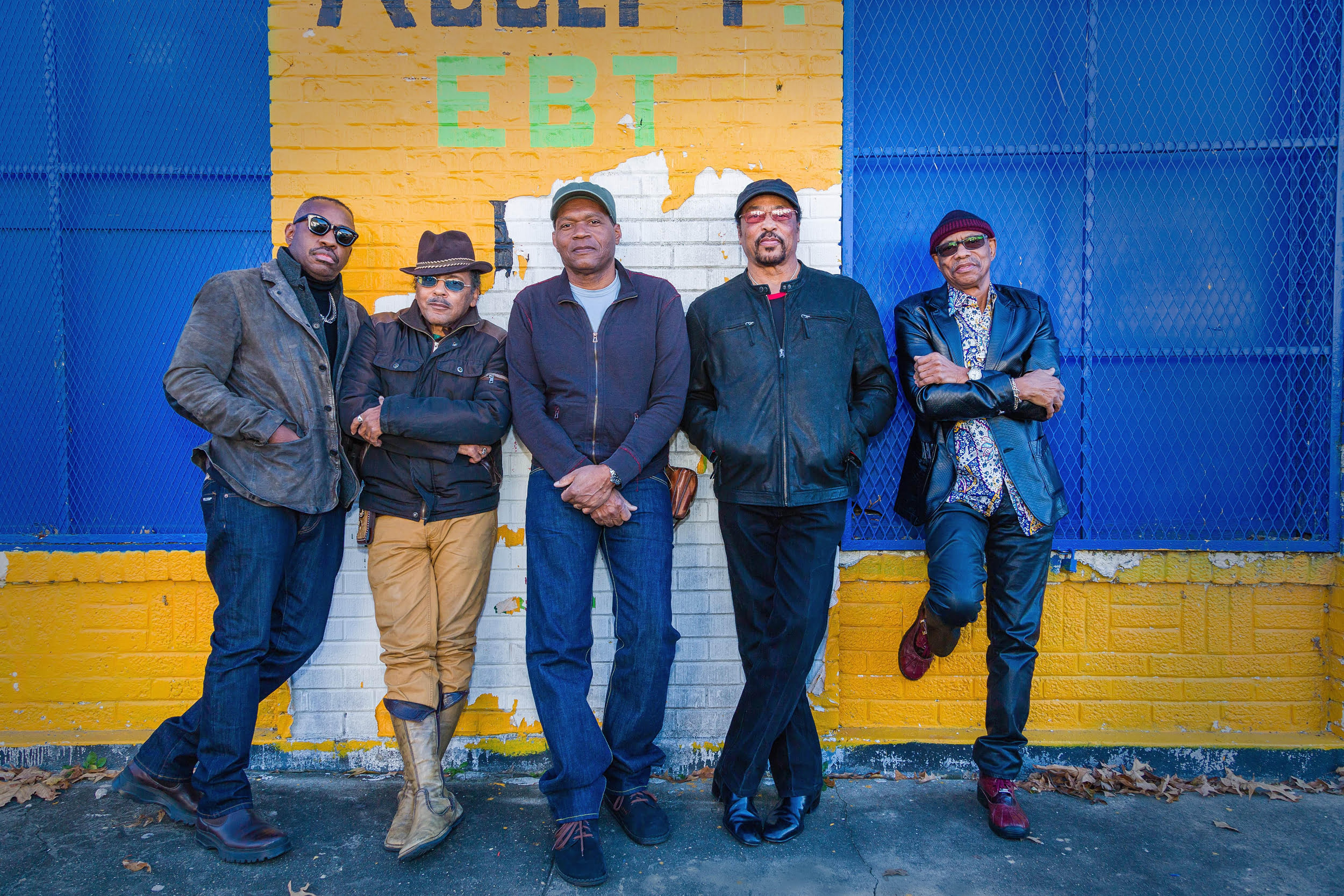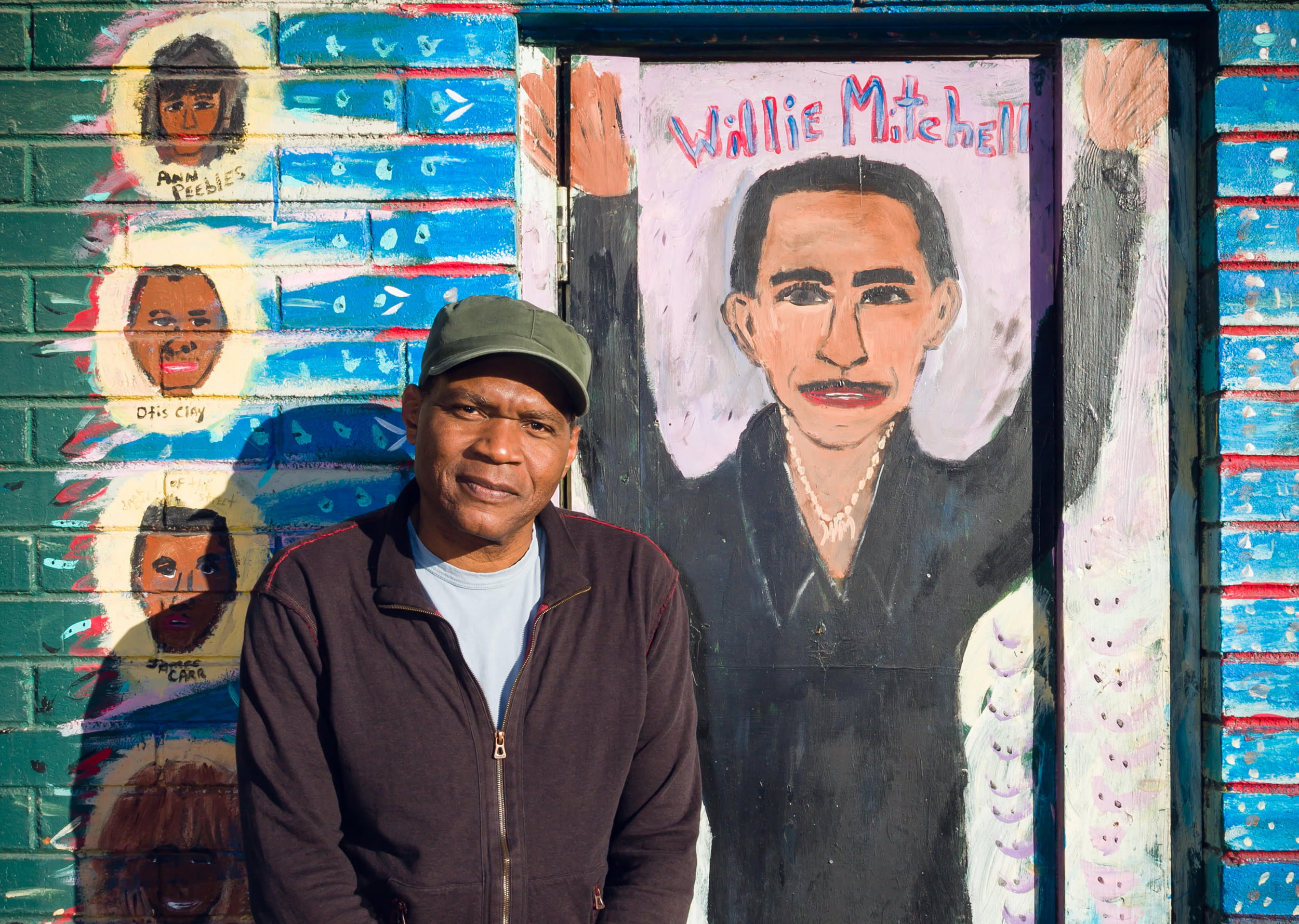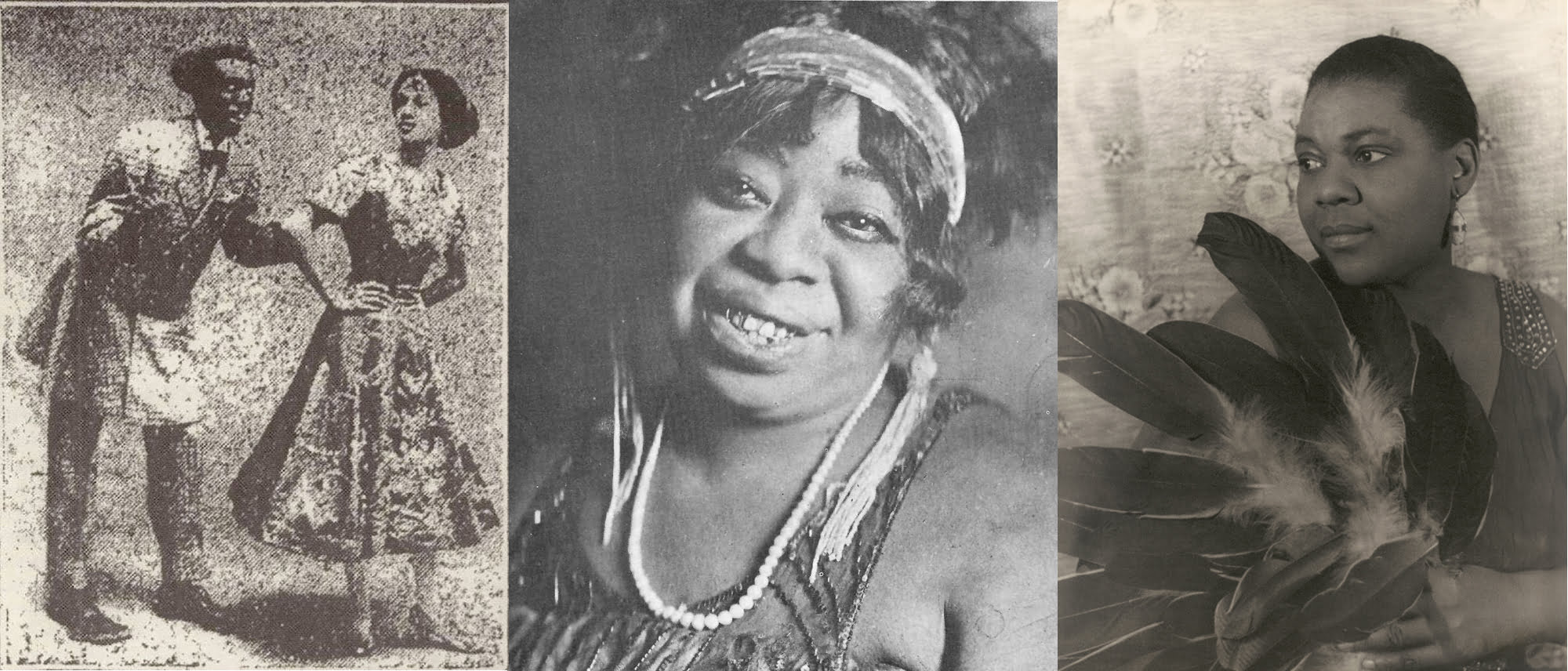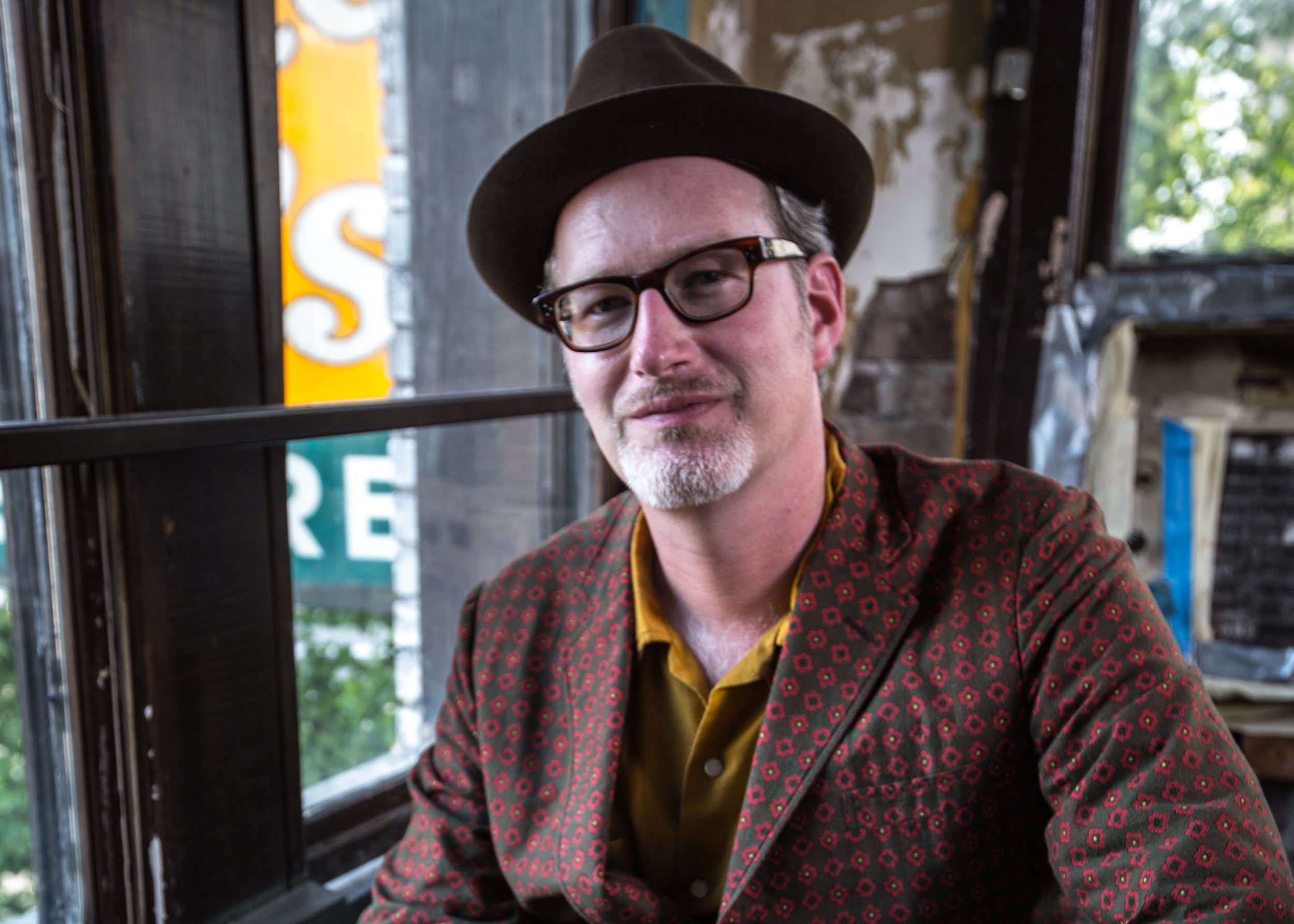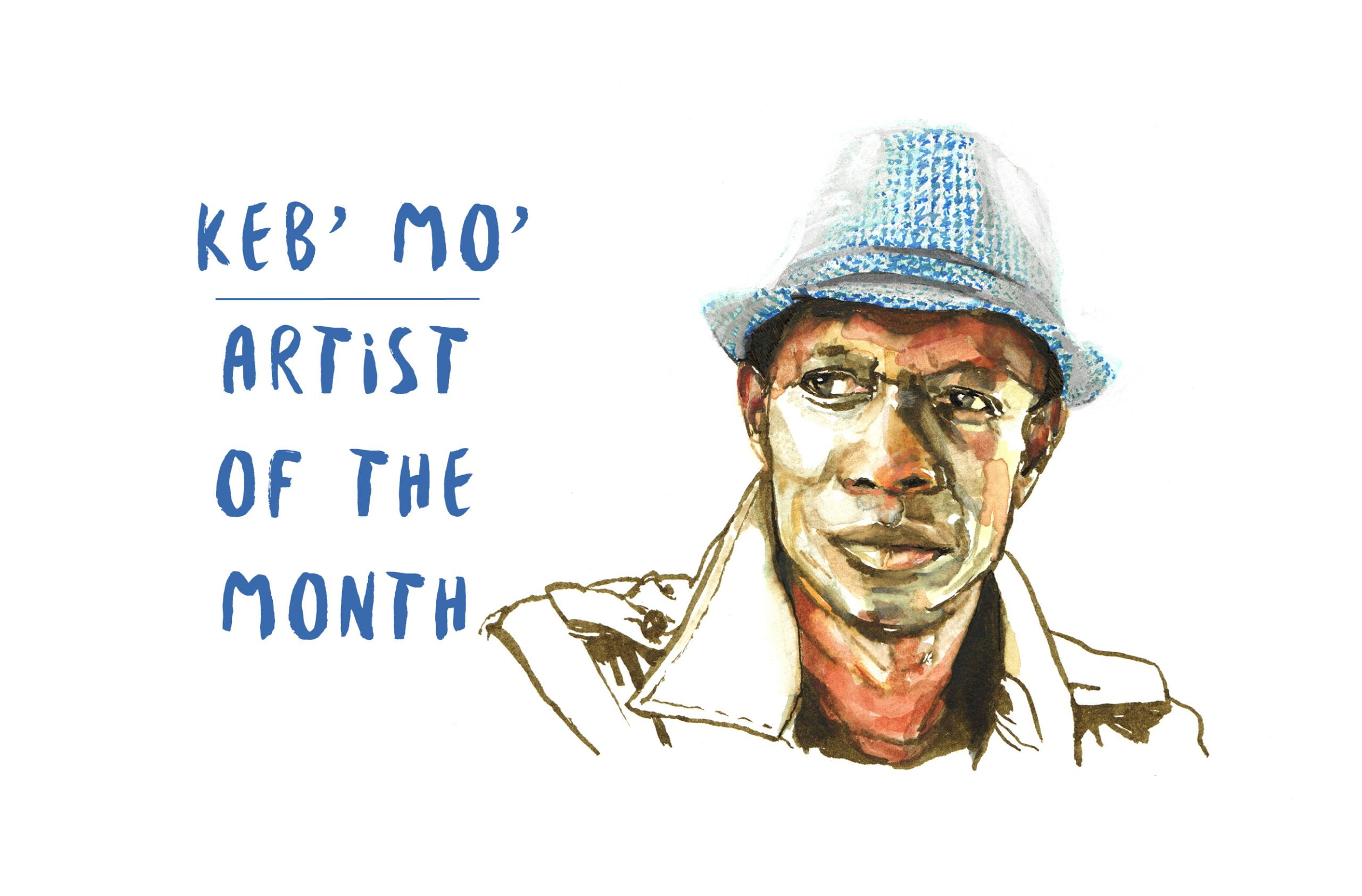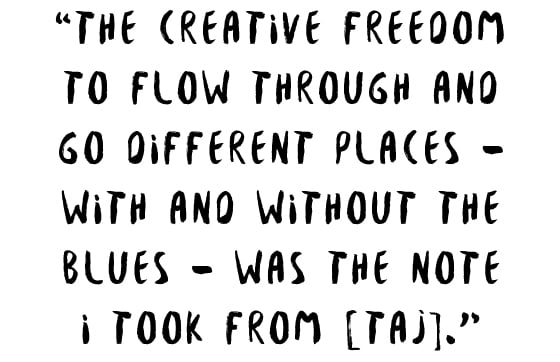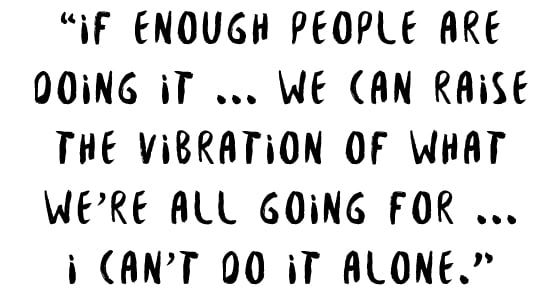We’ve got an excellent collection of song and video premieres for you to kick off September!
Below, you’ll find a few country-tinged roots rock selections, from Blake Brown & the American Dust Choir, Kylie Fox, and Madeline Hawthorne. Stepping further into the country realm, check out tracks from Black Opry alumnus Crys Matthews – “The Difference Between” also features Chris Housman and Melody Walker – and from Steve Forbert, who sings “The Blues.”
New Jersey-based bluegrass group Magnolia Street String Band brought us a lovely video for their original, “By the Light of the Moon,” as well, and folk duo Rakish, who are experts in Irish, Scottish, and American folk, debut their Jamie Oshima-produced tune, “765.”
To cap it all off, don’t miss the latest edition of our Yamaha Sessions, featuring Vince Gill guitarist, singer-songwriter and producer Jack Schneider.
It’s all right here on BGS, and You Gotta Hear This!
Blake Brown & The American Dust Choir, “North Star”
Artist: Blake Brown & The American Dust Choir
Hometown: Austin, Texas
Song: “North Star”
Album: Show Me The Light
Release Date: October 4, 2024
Label: We Believers Music
In Their Words: “Simply put, this song is a dedication to my wife and daughter. When I sit down with a guitar and don’t try to write, usually a lyric rolls out, which is when I know I’m on to something; a crumb, a nugget, a clue, a hint to a song… something there that leads me to chase and complete a thought.
“In this case it was the line, ‘Your eyes will always be my guiding light, North Star in the darkest night,’ and I just built the song around that notion. I think it’s the most literal, direct song I’ve ever written. We’ve been through a lot together and when I drill down, or even think of my day-to-day life… it’s them. It’s all them. They guide me. We’ve been out here building this life together and they keep me grounded. When I stray and when I’m out in that deep, deep ocean (figuratively), I look for the stars; their eyes. They reel me back in. They are my ‘North Star.'” – Blake Brown
Track Credits:
Written by Blake Brown.
Blake Brown – Vocals, guitar
Tiffany Brown – Vocals
Jordan Espinoza – Drums
Jason Legler – Bass
Chris “Frenchie” Smith – Guitars
Steve Forbert, “The Blues”
Artist: Steve Forbert
Hometown: Meridian, Mississippi
Song: “The Blues”
Album: Daylight Savings Time
Release Date: September 20, 2024
Label: Blue Rose Music
In Their Words: “Will blues music fans give this song a listen because of the title – or will country music fans hesitate because of the title? As you can hear right away, it’s not a blues song. In fact, it’s a happy sounding country kind of song. But it’s literally about that old feeling called ‘the blues.’
“Robert Johnson sang, ‘The blues is a lowdown, shaky deal. If you ain’t never had ‘em, I hope you never will.’ My sentiments exactly.” – Steve Forbert
Track Credits:
Steve Forbert – Vocals, acoustic guitar, harmonica
Rob Clores – Keyboards
Gurf Morlix – Electric guitar
Aaron Comess – Drums
Byron House – Bass
Layonne Holmes – Backing vocals
Video Credit: Tom Parr
Kylie Fox, “Sequoia”
Artist: Kylie Fox
Hometown: Saint John, New Brunswick, Canada
Song: Sequoia
Album: Sequoia
Release Date: September 13, 2024
In Their Words:“I was listening to CBC Radio in the car one day. There was a story about how firefighters stayed up throughout the night to save a sequoia tree that was in a forest fire in California. I was struck by how we so often take beautiful, old things for granted – like our environment, like our grandmothers – until we are faced with an experience where they are compromised. Verse one speaks of the tree, verse two speaks of my grass-is-always-greener relationship to the small town of Fredericton, where I live. I brood over wishing I lived in a more exciting city, forgetting that all my favorite people are here. The last verse I speak of my love, Ryan, who I can take for granted sometimes when I get caught up in things revolving around myself.” – Kylie Fox
Track Credits:
Written by Kylie Fox.
Kylie Fox – Vocals, acoustic guitar
Kelly Waterhouse – Piano, flute, saxophone
Sean Hutchins – Electric guitar
Camilo Villamizar – Bass guitar
Ryan Barrie – Drums
Video Credit: Directed and edited by Jillian Acreman.
Madeline Hawthorne, “Howl at the Moon”
Artist: Madeline Hawthorne
Hometown: Bozeman, Montana
Song: “Howl at the Moon”
Release Date: September 13, 2024
Label: Madeline Hawthorne Music
In Their Words: “This is a song about what we want for our loved ones when we pass on. I don’t want them to just keep living, I want them to thrive. I want them to find love and happiness. I think my band and I captured the spirit and the essence of this tune so well at The Blasting Room. It has such a positive and fun energy to it. We are excited to play this one live on our upcoming tour with Goodnight Texas. I hope you all enjoy! Thanks for listening, XOXO.” – Madeline Hawthorne
Track Credits:
Written by Madeline Hawthorne.
Madeline Hawthorne – Vocals
Ace Engfer – Bass
Bill McKay – Piano, organ
Taylor Sims – Guitar
Taylor Tesler – Guitar
Sean Macaulay – Drums, percussion
Magnolia Street String Band, “By the Light of the Moon”
Artist: Magnolia Street String Band
Hometown: Highland Park, New Jersey
Song: “By the Light of the Moon”
Album: By the Light of the Moon
Release Date: October 4, 2024
In Their Words: “I wrote this song years ago walking my dog in the pines along the Delaware River. The moon was so brilliant that night. The light painted such a spectacular scene with shadows of the magnificent pine trees against the deep blue sky. This unforgettable visual inspired this song.
“My sister, Rita, and I used to play and sing together with friends at a full moon jam almost 15 years ago. Rita and I found a band through these gatherings and ‘By the Light of the Moon’ found its way into our repertoire. The original lyrics to the last verse were ‘We’ll make love by the light of the moon.’ Since I wanted to make a family friendly album, I changed the lyrics to, ‘We’ll dance ‘neath the light of the moon.’
“I’ve always hoped to record this song and had envisioned Alison Krauss on vocals. Nevertheless, I rallied my beloved band earlier this year to record this song as well as the other songs on our new album.” – Sheila Shukla, vocalist and songwriter
Track Credits:
Sheila Shukla – Lead vocals
Bobby Baxmeyer – Mandolin, banjo, Dobro, vocals
Bob Harris – Guitar
Gary Oleyar – Fiddle
Ron Greenstein – Bass
Nick Conte – Vocals
Video Credit: Rob Shotwell
Crys Matthews, “The Difference Between”
Artist: Crys Matthews
Hometown: Nashville, Tennessee
Song: “The Difference Between” (featuring Melody Walker & Chris Housman)
Album: Reclamation
Release Date: September 6, 2024 (single)
In Their Words: “When I heard Jason Aldean’s ‘Try That in a Small Town,’ I was so offended – not just as a Black woman, but as a proud Southerner. The audacity to think that there would be a South at all without my people is the kind of willful ignorance that keeps folks like me from feeling safe in country and Americana spaces. There are consequences to that kind of hateful rhetoric. That’s what the first verse line of this song is about, ‘So you can figure out it ain’t just your town that’s small,’ because being from a small town is no excuse for small-mindedness.
“I knew that’s what I wanted to say with this song and I knew exactly who I wanted to help me say it: my friends Melody Walker (co-writer of Molly Tuttle’s title track for her Grammy-winning record Crooked Tree) and Chris Housman. I’ve been such a fan of both of their voices and their writing for so long! Once I had the idea for this song, I asked them both to come over and the rest is history. Melody and I had just finished recording her song ‘Room‘ and so I knew our voices would sound so good together. And every time Chris sings he takes me to church. I knew that just getting the three of us together would lead to something good. It also meant a lot to have them featured on the actual track as well. Three LGBTQ+ artists, all of whom call Nashville home, showing that this is country too. It looks like you and it looks like me.” – Crys Matthews
Rakish, “765”
Artist: Rakish
Hometown: Boston, Massachusetts
Song: “765”
Album: Now, O Now
Release Date: September 12, 2024 (single); October 11, 2024
Label: Top Floor Records
In Their Words:“This track features two original reels, arranged by Conor and myself. We recorded these tunes at Spillway Sounds with Eli Crews engineering back in October 2023. Once we got back from the studio, we thought it might be fun to add some electronic production to this track, and asked our buddy Jamie Oshima to work some magic on these tunes. It was great to let him take the reins completely, and hear the track once he sent it back to us. His additions totally surpassed what we could have asked for. As acoustic musicians, Conor and I don’t often get to dip our toes into the world of electronic music, but this track enables us to experience a little bit of that sound world, which is really fun for us. We hope these tunes make you want to dance!” – Maura Shawn Scanlin, violin
Yamaha Sessions: Jack Schneider, “Gulf of Mexico”
Today, our Yamaha Sessions continue with a gorgeous and tender performance from guitarist, producer, and singer-songwriter Jack Schneider. Best known for his road gig with Country Music Hall of Famer Vince Gill, Schneider released his debut album, Best Be On My Way, to critical acclaim in 2022. The project features Gill, David Rawlings, Stuart Duncan, and more collaborating on Schneider’s vintage-tinged original songs, each dripping with the styles and sonics of ’60s and ’70s troubadours and Americana poets. His latest single, “When the Saints,” is a delicious, shuffling folk-rock ballad with deeply stacked vocal tracks and retro trappings that was released in late July.
For his Yamaha Sessions performance, Schneider chose “Gulf of Mexico,” another original – that is as yet unrecorded and unreleased – which showcases the warm, full, and deep sound of Schneider’s Yamaha FG9 R acoustic guitar. Resonant and rich, the drop D tuning accentuates the melancholy evident in the timelessly constructed song. A bright spruce top and sultry rosewood back and sides add up to a guitar that’s equally at home in folk and Americana as bluegrass and flatpicking. Schneider pulls excellent tone from the instrument, with impeccable intonation and confident touch whether picking or strumming.
Photo Credit: Crys Matthews by Mora May Agency; Rakish by Sasha Pedro.

